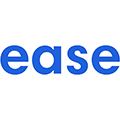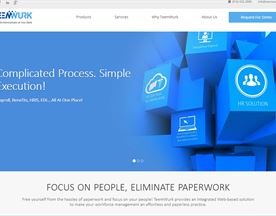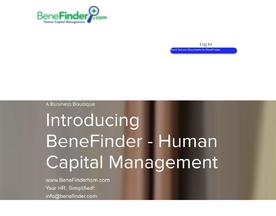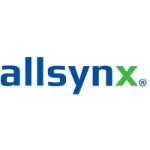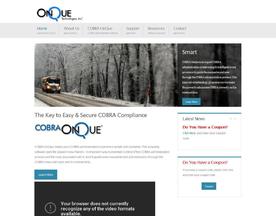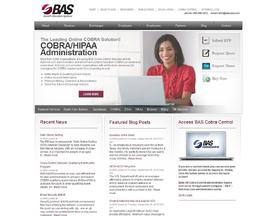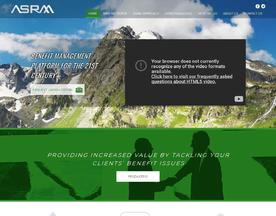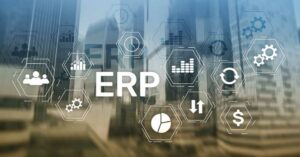As businesses evolve, so does the need for efficient tools. Benefits administration software is a key asset in the modern, HR software toolkit. It streamlines management of employee benefits, minimizes errors, and saves valuable time. But there’s more: such software can increase employee satisfaction, ensure compliance, for performance management and provide valuable employee data, for strategic decisions.
In this blog post, we’ll explore the ins and outs of benefits administration software. We’ll look at its key advantages, present our top five benefits management software picks, identify essential features to consider, and provide tips for successful implementation of software solution. We’ve also included a detailed FAQ section to answer common questions. Let’s get started.
Top 5 Benefits Administration Software Solutions
If you’re in a hurry, here are our top 5 picks for best benefits administration software. Stick around to see how we evaluated these vendors and what to look for when selecting the right one for your business!
BambooHR: https://www.bamboohr.com/
Gusto: https://gusto.com/
Zenefits: https://www.zenefits.com/
ADP Workforce Now: https://www.adp.com/
Paycor: https://www.paycor.com/

Understanding Benefits Administration Software
What is Benefits Administration Software?
Benefits administration software is a digital solution designed to simplify the management of employee benefits. This includes everything from health insurance and retirement plans to wellness programs and tuition reimbursements. Instead of manually tracking and updating these various benefits data, HR teams can automate the processes, reduce errors, and ensure a smoother experience for all involved in benefit and health plans together.
Core functionalities of Benefits Administration Software
A typical benefits administration platform offers comprehensive benefits package with several core functionalities. It can automate enrollment processes for new hires, manage life event changes, and provide employees with a self-service portal to review their benefits.
Additionally, it can handle compliance reporting for comprehensive benefits packages and plans to meet regulatory requirements and provide analytics to help HR teams make data-driven decisions.
At the end of the day, the goal of benefits administration software is to free up benefit plans’ HR teams from tedious administrative tasks, allowing them to have human resources and focus on strategic initiatives that drive the health plans’ organization forward.

Top Benefits of Using Benefits Administration Software
Streamlined Processes and Efficiency
Benefits administration software automates repetitive tasks, reducing the risk of human error and improving efficiency. From onboarding new hires to processing life event changes, these three workforce management systems ensure every process is handled accurately and swiftly.
Improved Compliance and Risk Management
Keeping employee medical insurance up welfare keep up with changing regulations can be challenging. Benefits administration software helps manage this by ensuring your company’s benefits offerings are compliant with the latest laws and regulations. It can also generate necessary compliance reports, reducing the risk of penalties and litigation.
Enhanced Employee Experience
Employee satisfaction is linked to how well their benefits are managed. With an open enrollment intuitive self-service portal, employees can easily access their benefits information, make changes, and submit requests. This boosts employee engagement and satisfaction.
Data-Driven Decision Making
Benefits and retirement benefits administration software provides a wealth of data. HR teams can use these insights to understand employee benefit utilization, identify trends, and make informed decisions to improve their benefits program.
These are just a few of the many benefits of implementing a robust benefits management and administration, software as a service, solution. Up next, we’ll delve into our top picks

Key Features to Look for in a Benefits Administration Software
User-friendly Interface
A user-friendly interface is crucial for any software implementation in your business, and benefits administration software is no exception. It should be easy for your HR team to navigate and manage. A clean, intuitive interface can significantly speed up processes and improve productivity.
Robust Reporting and Analytics
Reporting and analytics are key features that can help you make informed decisions about your benefits policies. Look for software that provides comprehensive, customizable reports. This can help you track enrollment, monitor costs, and even forecast future trends.
Integration Capabilities
A good employee benefits administration and software should easily integrate with your existing HR systems, such as payroll, time and attendance, and recruiting software. This will allow for seamless data transfer and eliminate the need for duplicate data entry.
Customer Support
Customer support is essential when implementing new software. Make sure your vendor offers robust support options, including phone support, email support, and online human resources. Good customer support can make the implementation process smoother and quicker.

Implementation Tips for Benefits Administration Software
Understand Your Needs
Before implementing benefits administration software, you should have a clear understanding of what you hope to achieve with the benefits admin software. Define your needs and requirements in terms of features, scalability, and cost.
Involve the Right People
Ensure that all key stakeholders are involved in the software implementation process. This includes not only your HR team but also IT, management, and even employees. Their input can help ensure that the software meets everyone’s needs.
Consider Your Budget
While it’s important to find a software that meets all your needs, it’s equally important to consider your budget. Keep in mind that the cost of software often involves more than just the purchase price. It can also include implementation costs, ongoing maintenance costs, and the cost of any additional features or services.
Train Your Staff
Proper training is key to the successful implementation of benefits administration software. Ensure that your HR team is fully trained on how to use the software before it’s rolled out. This will help to ensure a smooth transition and maximize the benefits of the software.

Our Selection Process: How We Chose the Top 5 Benefits Administration Software
Assessment of Features and Functionality
When selecting the top software, we first examined the feature set of each. We focused on essential functions such as automation capabilities, employee self-service portals, compliance management, and analytics.
Evaluation of User Reviews and Ratings
Customer reviews are a valuable source of insight. We analyzed feedback on Serchen, G2, and Trustpilot to gauge user satisfaction and the level of support provided by each vendor. This helped us understand the real-world effectiveness and reliability of each solution.
Analysis of Cost-Effectiveness
While features are important, so is value for money. We compared the costs of each software relative to its offerings, considering factors like the number of users, scalability, and any additional costs such as set-up or training fees.
Consideration of Vendor Reputation and Customer Support
Lastly, we looked at the vendors themselves. We considered their own record management software, their reputation in the industry and the quality of their customer support. After all, even the best software can fall short without reliable support and a trustworthy vendor.
This comprehensive approach ensured our top picks are not only feature-rich and user-approved, but also provide great value and come from reputable vendors.
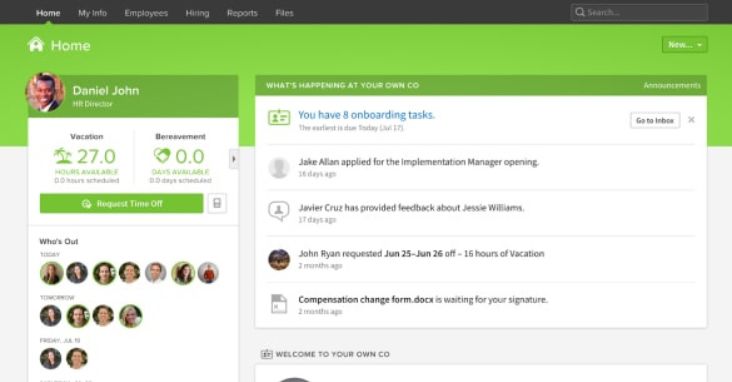
BambooHR
Year Founded: 2008
BambooHR is a comprehensive, user-friendly HR solution that simplifies benefits administration and other various HR processes and functions for small businesses.
Features:
Automated benefits tracking and enrollment
Employee self-service portal
Powerful reporting and analytics tools
Integration capabilities with popular payroll systems and insurance carriers
Mobile app for on-the-go access
Pros:
User-friendly interface
Comprehensive feature set
Robust reporting capabilities
Cons:
Advanced features may require additional cost
Customization options could be more extensive
Support Available:
Online resources
Email support
Phone support
Best Suited To:
Small to medium-sized businesses
Businesses seeking a comprehensive HR solution
Pricing From: $6.19 per employee per month (Pricing as of 2023)
Average Rating on: (Serchen, G2, Capterra, Trustpilot)
Serchen: 4.5/5
G2: 4.3/5
Capterra: 4.5/5
Trustpilot: 4.2/5
Aggregate Score: 4.38/5
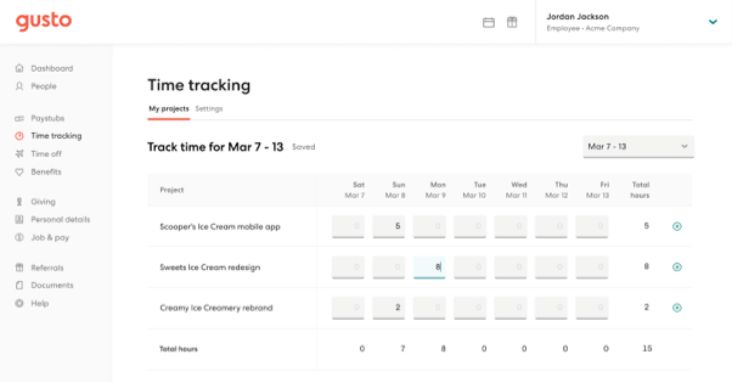
Gusto
Year Founded: 2011
Gusto is a cloud-based platform that streamlines HR, payroll, and benefits administration processes, making it a favorite among small to midsize businesses.
Features:
Automated benefits administration including health, dental, vision, and more
Employee self-service portal
Integrated payroll system
Customizable reports
Compliance assistance with ACA, HIPAA, ERISA
Pros:
Intuitive and user-friendly interface
Excellent integration capabilities
Comprehensive benefits administration features
Cons:
Limited advanced HR features
Custom reporting could be more flexible
Support Available:
Online resources and guides
Email support
Phone support
Best Suited To:
Small to mid-sized businesses
Businesses looking for integrated HR, payroll, and benefits administration
Pricing From: $6 per person per month (Pricing as of 2023)
Average Rating on: (Serchen, G2, Capterra, Trustpilot)
Serchen: 4.6/5
G2: 4.4/5
Capterra: 4.5/5
Trustpilot: 4.3/5
Aggregate Score: 4.45/5
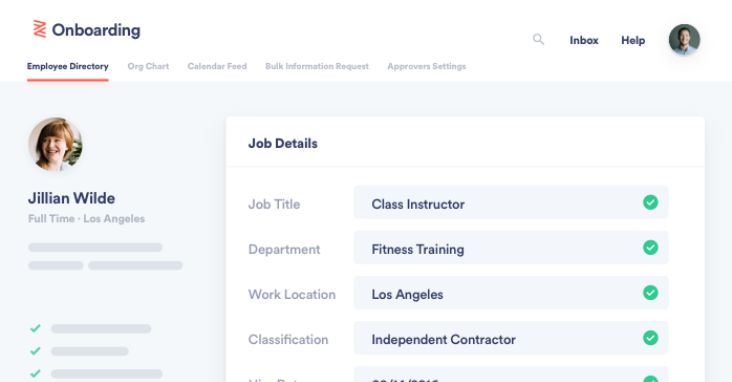
Zenefits
Year Founded: 2013
Zenefits is an all-in-one, HR software platform designed to centralize and streamline administrative tasks, including benefits administration. It is favored for its intuitive interface and robust feature set.
Features:
Comprehensive benefits administration including health, dental, vision, and more
Automated new hire onboarding and benefits enrollment
Employee self-service portal
Integrated payroll system
Compliance assistance and reporting
Pros:
User-friendly interface
Comprehensive and integrated HR features
Excellent mobile app for remote access
Cons:
Advanced features may come at an additional cost
Payroll system available only for certain states
Support Available:
Online resources
Email support
Phone support
Best Suited To:
Small to medium-sized businesses
Businesses looking for an all-in-one HR solution
Pricing From: $8 per employee per month (Pricing as of 2023)
Average Rating on: (Serchen, G2, Capterra, Trustpilot)
Serchen: 4.4/5
G2: 4.2/5
Capterra: 4.3/5
Trustpilot: 4.1/5
Aggregate Score: 4.25/5
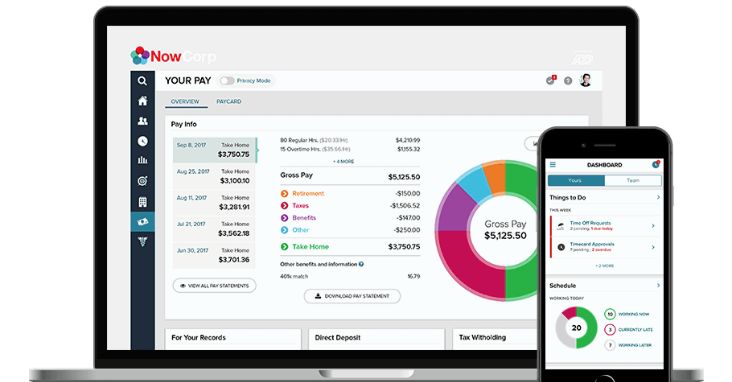
ADP Workforce Now
Year Founded: 1949
ADP Workforce Now is a powerful, flexible HR and talent management solution, designed for midsize to large businesses. Its benefits administration module is highly regarded for its depth and breadth of features.
Features:
Comprehensive benefits administration including health, retirement, and more
Automated benefits management and compliance
Employee self-service portal
Integrated payroll and time tracking
Customizable reports and analytics
Pros:
Scalable and customizable
Robust compliance features
Integration with other ADP modules and external systems
Cons:
User interface may have a steeper learning curve
High customization can make setup more complex
Support Available:
Online resources and guides
Email support
Phone support
Best Suited To:
Midsize to large businesses
Businesses needing high customization and scalability
Pricing From: Pricing available on request (Pricing as of 2023)
Average Rating on: (Serchen, G2, Capterra, Trustpilot)
Serchen: 4.3/5
G2: 4.1/5
Capterra: 4.0/5
Trustpilot: 3.9/5
Aggregate Score: 4.08/5
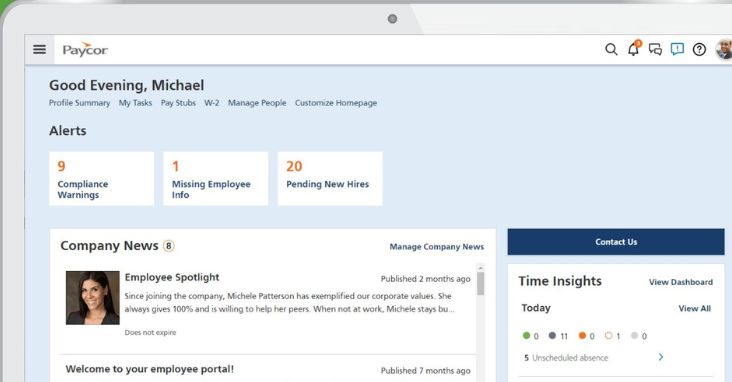
Paycor
Year Founded: 1990
Paycor provides a comprehensive suite of HR tools including: payroll processing, recruiting, onboarding, and benefits administration solutions. It is popular among small to medium-sized businesses for its intuitive interface and reliability.
Features:
Comprehensive benefits administration including health, retirement, and more
Automated benefits management and compliance
Employee self-service portal
Integrated payroll and time tracking
Customizable reports and analytics
Pros:
User-friendly interface
Robust features for an all-in-one HR solution
Excellent customer support
Cons:
Limited advanced HR features
Some reports could offer more customization
Support Available:
Online resources and guides
Email support
Phone support
Best Suited To:
Small to medium-sized businesses
Businesses looking for a comprehensive and intuitive HR solution
Pricing From: Pricing available on request (Pricing as of 2023)
Average Rating on: (Serchen, G2, Capterra, Trustpilot)
Serchen: 4.3/5
G2: 4.2/5
Capterra: 4.1/5
Trustpilot: 4.0/5
Aggregate Score: 4.15/5

Frequently Asked Questions (FAQs)
What is benefits administration software?
Benefits administration software is a digital platform that automates and manages employee benefits programs. It allows HR administrators to track and manage benefits such as health insurance, retirement plans, vacation, sick leave, and more. Furthermore, many of benefits administration capabilities and process solutions also provide self-service portals where employees can review and manage their benefits.
Who uses benefits administration software?
Benefits administration software is used by HR professionals and business owners to manage and automate the administration of employee benefits. It’s valuable for businesses of all sizes, helping to streamline processes, ensure compliance, and provide a better employee experience. Some benefits administration systems may also include employee self-service portals, so employees themselves also often interact with the software.
What should I consider when choosing benefits administration software?
When choosing a benefits administration software, you should consider your business needs, the size of your organization, and your budget. Key features to look for include benefits and enrollment process, and management, compliance support, integration with other HR systems, and reporting capabilities. You should also consider the user-friendliness of the software, the quality of customer support, and the reviews and ratings by other users.
How does benefits administration software improve HR operations?
Benefits administration software can drastically improve HR operations by automating manual tasks, reducing errors, and ensuring compliance with benefits regulations. It offers a centralized platform for managing all benefits information, making it easier to track and update. With self-service portals and mobile app, employees can manage their benefits, reducing the workload on HR. Additionally, benefits platform and powerful reporting tools provide insights into benefits usage and costs, aiding strategic decision-making.

Conclusion
Choosing the right benefits administration software can significantly streamline your HR processes, improve compliance, and enhance employee satisfaction. By considering your business needs, budget, and the key features outlined in this article, you’re well on your way to making an informed decision about best benefits here.
Remember, the best benefits administration software is the one that fits seamlessly into your existing operations and offers the right balance of features, ease of use, and performance management and cost-effectiveness. Don’t rush the decision—take your time to understand each product, consider its pros and cons, and choose wisely.
Whether you’re a small business owner looking for a more efficient way to manage employee benefits or an HR professional seeking a robust management solution for, there’s a benefits administration software out there for you. Good luck with your search!


